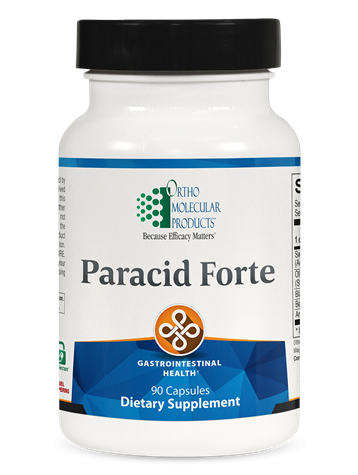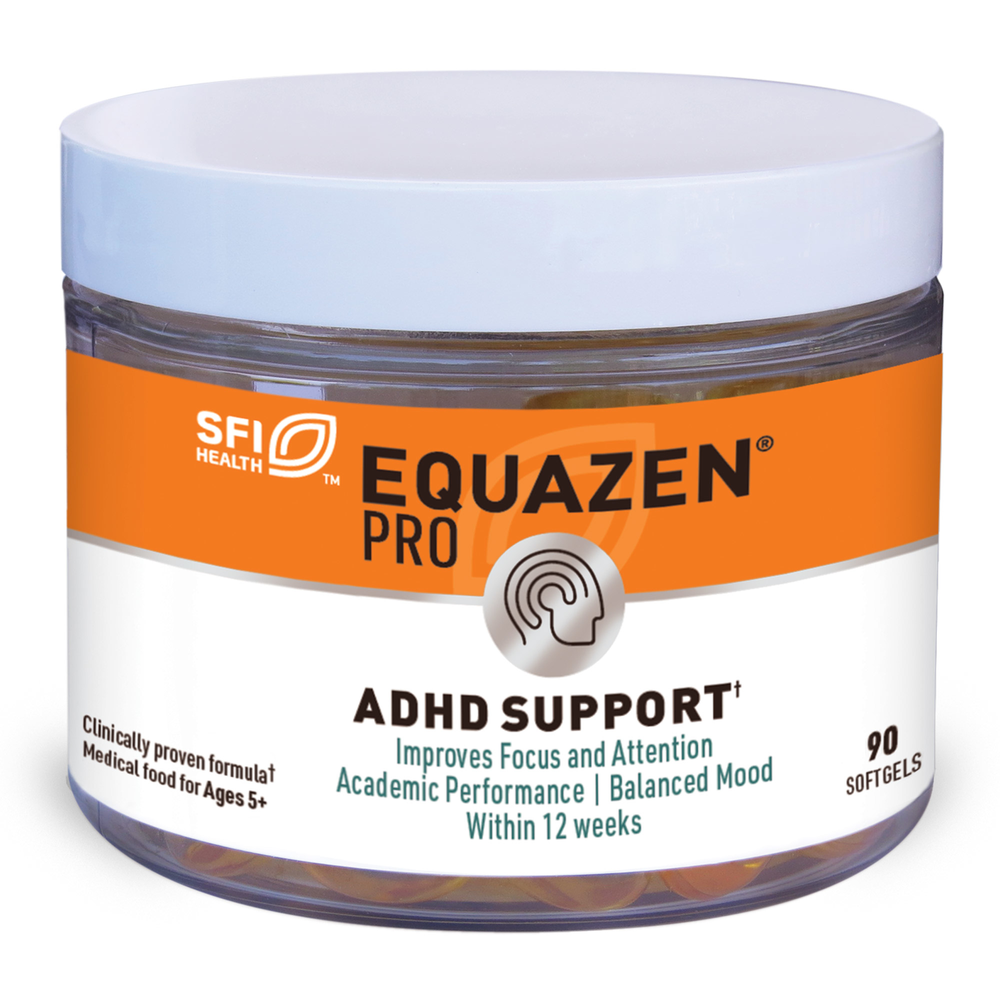If you’re ready to feel your absolute best, and be proactive at preventing future illness, the very best way to accomplish this is to establish a regular testing regimen, and the lab test I find most valuable for nearly every patient in our practice is intracellular micronutrient testing through SpectraCell Laboratories.
- Every enzyme in your body requires nutrient cofactors to do its work. All enzymes perform specific work to maintain health. When nutrient cofactors are missing, the job of that enzyme cannot be performed consistently.
- Enzymes and their cofactors are involved in billions of reactions in our bodies every day: making energy inside our cells, repairing damaged tissue, detoxifying harmful substances, digesting food, making our neurotransmitters and hormones, and much, much more.
- The organs and glands contain the highest concentration of nutrients, which should demonstrate the importance of good nutrient status to their optimal function.
- We’re all unique in our nutritional needs: our diets are unique. Our genetics are unique. We have different exercise routines, stress levels, and absorption rates. All of these factors, and more, combine to create unique nutrient needs.
SpectraCell nutrient testing utilizes T-lymphocytes, a type of white blood cell that lives for approximately 6 months in the body. This type of white blood cell is made with the nutrients the body has on hand at the time of its manufacture, and whatever nutrients are missing will be missing throughout the 6-month life of the cell.
After the blood sample is taken, the T-lymphocytes are spun out and sent overnight to the testing facility in a viable (alive and well) state. Then they’re separated into over 30 different test wells. One well contains all 31 nutrients being tested, which creates an optimal cell environment. Each of 31 other wells is missing only one nutrient each. Growth, division and survival of the cells is observed in each well. If the cells don’t grow, divide or survive as well when one nutrient is missing vs. when all nutrients are available, there is insufficient cellular reserve of that nutrient. The test is done in triplicate to assure accuracy (producing a 92% reliability, as compared to 78-82% reliability for most lab testing), then results are reported as optimal, borderline or deficient for each nutrient.
Additionally, cells are tested for fructose and glucose-insulin sensitivity, and for their capacity to resist oxidative damage.
After looking at thousands of these tests, patterns start to emerge that can give insight beyond simple nutrient deficiency. For example, if most of the minerals tested are below optimal levels, probably a hydrochloric acid insufficiency exists, or the patient is too acidic, draining the body’s alkalizing minerals to buffer the acid. Either scenario puts the patient at risk for bone loss. If most of the non-essential amino acids are below optimal, either the patient isn’t taking in enough protein, or they’re not digesting and breaking it down properly. Deficiencies in vitamin K can point to a need for more dark, leafy greens in the diet, or a need to optimize gut flora, which are the body’s producers of vitamin K. Taking vitamin D without sufficient vitamin K to balance it can cause or contribute to arterial plaque.
Additionally, after years of testing and treating patients, we’ve learned what chemical forms of nutrients are best-absorbed by a majority of our patients, and what dosing is usually required to correct suboptimal levels.







